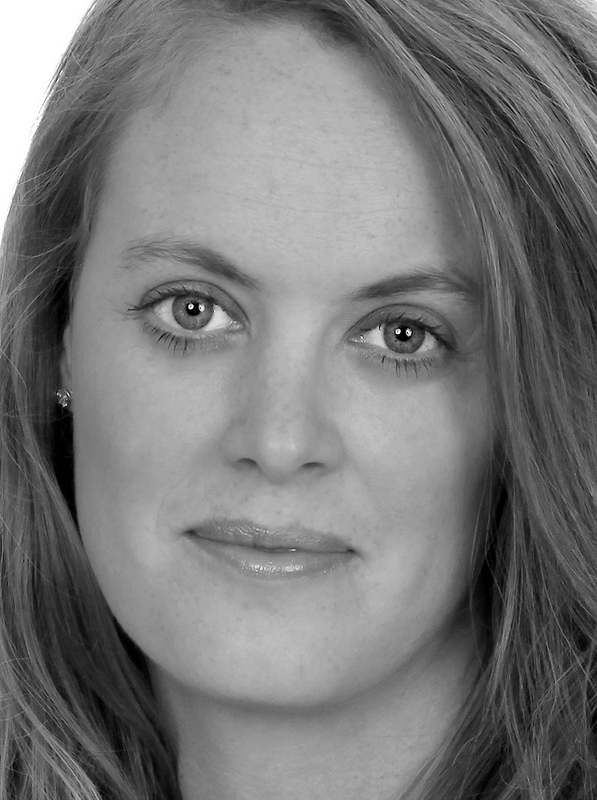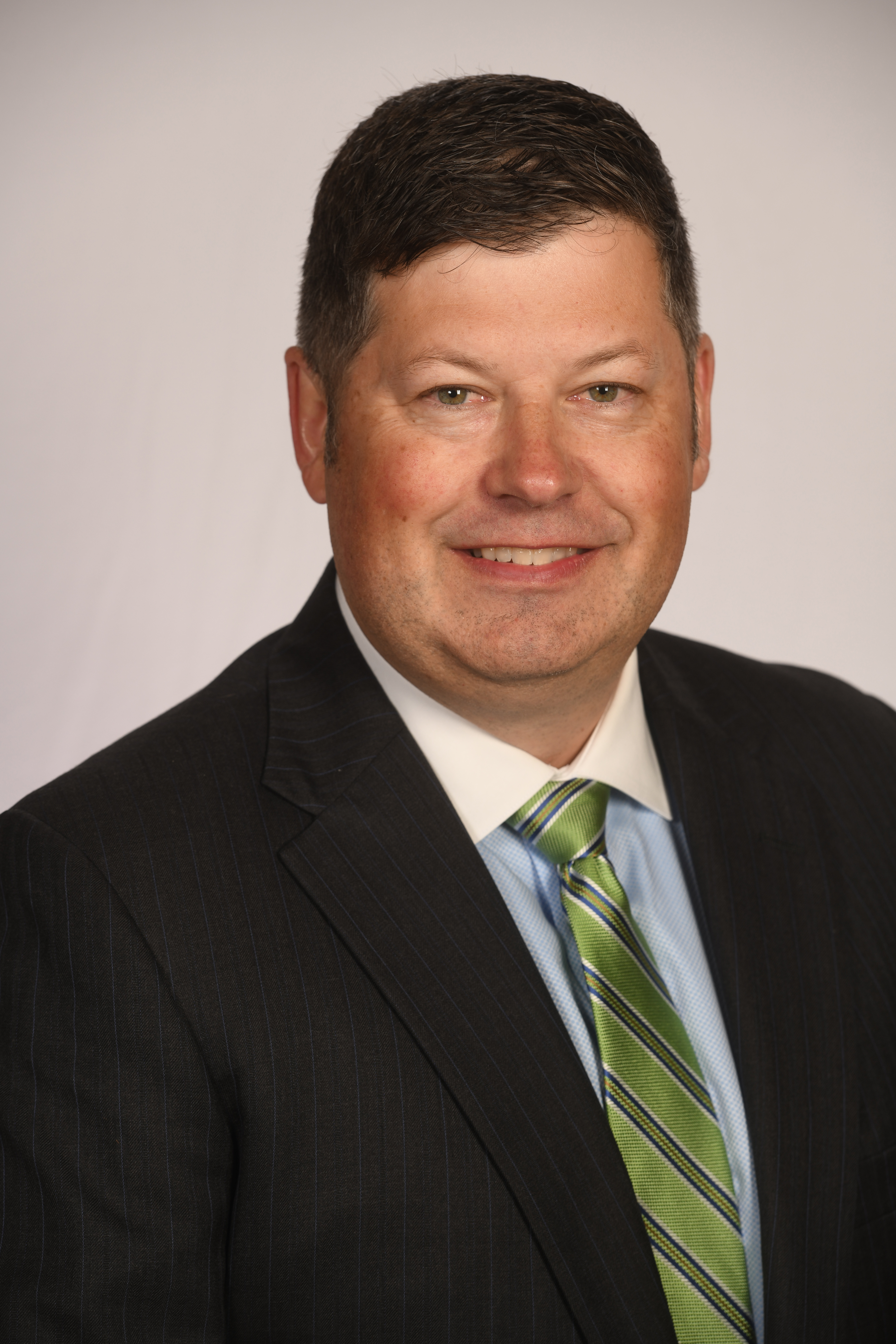
Herbers: There are two ways to grow a business: Inorganically is reaching on the outside; organically is reaching on the inside. I've been doing consulting for over 20 years now and my business for the last 17 years. What we know for sure in the financial advisory space is that the fastest way to grow is organically.
The growth process is like the foundation of your house. If your growth process is broken, we have to fix that foundation first. How many of you would rather buy furniture than spend money on fixing your foundation?
That's traditionally what happens in businesses as well. It's fun to go out there and buy the furniture. It's not fun to fix the foundation. The foundation is usually where the problems are in the growth process, organically or inorganically. To understand and uncover the problems, we have to understand how the growth process works.
The problem is just getting to what we call scale. Getting enough clients to start scaling the business. That number is at $300,000. So if you're below $300,000 in revenue, you always want to just focus on marketing. But here's the problem. As the firm grows, because the marketing is what you used to get to the $300,000, most people believe that the marketing is what gets you all the way up there, and it can, but not very effectively.
So from $300,000 on, you have to turn your attention and your mindset to something else, and this is where the shift happens. To 10X, we have to literally X out the marketing. You go to $750,000 in revenue, and then you look at this and you say, "What do I need to be doing?" No marketing can actually take you beyond that if you don't have people. You have to have people to service the people that are coming in, or the marketing programs that you have. So you have to turn your attention to getting more efficient, which is technology and professional talent.
Then you've made it through this what we call growth barrier. Then we're on to the next growth barrier. We get up to $1.2 million. And then you're like, "All right. I've added people and I've added marketing. Now I'm going to add a bunch of people and a bunch of marketing."
There are lots of practices out there that get over a million in revenue and sit there for a very long time. The reason is because it's a complete new way of thinking about their business and those particular leaders, whether it be partners or one.
Our primary advisors have a hard time just saying, "I'm going to have faith in this. I'm going to just trust the process." There's a lot of sitting that happens right here. I call it pitching a tent. The longer you pitch a tent, the more stressful it becomes because the thing is that you've succeeded, and you have a decision to make. Am I going to help more people? Or am I going to limit the growth? Am I going to control the growth? Or I'm going to let go of the growth.
If you let go of the growth, what will happen is your business then will shoot up and you will have bigger issues. So these are management training and guidance, what we call C-suite talent — developing CEOs, COOs, CFOs, compensation structures, which is something no one ever wants to talk about. They don't want to talk about what they're paying their employees. They don't want to deal with how they're paying their employees. They didn't want to deal when the employees come and ask for more money.
Then we get up to the $8.5 million, and you're dealing with organizational strategy. Your whole sales process will change. Your rainmaking function will die. You can add on inorganic growth and then shoot yourself even further. And then when you get up to $15 million, you have innovation issues, you have training issues, you have growth issues. There's a new way to grow at that point.
Once you get past those problems, you know what it does? It repeats itself. Boom, you have a lot of money to invest in marketing. I can tell you right now with the competition and financial advice, if you don't at least have half a million dollars, the outside marketing that you put into your business will not return 10X. What will return a 10X is actually investing that money in the client base that you already have to get them to become your marketers, to get them to build referrals.
Gagne: We spent the greater part of the year, basically, together just working on the internal processes and operations with the staff that I already had. That was really painstaking. I mean, that was a lot of meetings. That was a lot of input from the staff asking them ... One, we need their buy-in. But two, we need to know what it is they're actually doing on a day-to-day basis so that we can give some perspective to it and bring some efficiencies there.
So we spent a year on that. One of the bigger mistakes I made earlier on was chasing revenues. That was the shiny hubcap that I was going after all the time was, "Oh, we'll get to get more revenues, more revenues."
In the last couple of years, we've completely redone the accounting in my firm. We're really looking at KPIs, the metrics. We're looking at profitability and margin. We're really working on building enterprise value versus just getting more revenue. So it's not how much you make.
Then one of the toughest things was trusting the process. One of the process things that I had to trust that I definitely was getting some pushback against was this notion of this thing we call a service book. I refer to it as a pitch book, like a playbook. Do you all use those? Do you sit down with people with just a white pad of paper and just ask questions and stuff? That's what I would do until about two years ago.
Now I have a PowerPoint presentation that I utilize with either prospective clients or anybody that wants to consider engaging our firm. There's probably 15/16 slides in it. It walks them through a kind of a commercial of who we serve, how we serve, how we get paid, what we're going to do, what our process is. Once I finally decided to use that thing and once my other advisor decided to use that thing, our ability to engage and bring on clients has been remarkable. Best thing since sliced bread. Couldn't believe I wasn't using it.
Trusting that decision and implementing that in the practice was a big deal. That also was shared with the rest of the team. My whole staff, basically, if they needed to, could sit down with a prospective client and walk them through the commercial of our firm and how we do what we do and who do we do it with and how we get paid. That's really helped align all of us so that everyone knows what's going on when we're out in the field bringing in new clients.
Herbers: If you get your organic growth engine going and it stays going, we can layer on any practice and then it will triple and get bigger and bigger and bigger. Most people begin with when they want to grow. They'll go out and say, "Oh we should merge together. We should merge together. We should do this. We should do that."
What they're actually trying to do is solve problems by merging together. If you get to a point where you aren't solving any problem based on M&A, then you're basically going to be able to take on any advisory firm.

Angie Herbers is founder and managing director of Herbers & Company. She brings more than 17 years of experience consulting, researching and training financial advisory firms to long-term, scalable growth. The consulting division of her firm creates growth strategies in the eight areas of practice management, which include leadership, corporate finance, client service, operations, management, human capital, sales and marketing. Throughout its existence, her company has been nationally recognized for its independent practice management research division.

Gregory B. Gagne, ChFC, of Exeter, New Hampshire, is a 20-year MDRT member with four Court of the Table and 11 Top of the Table qualifications as well as an MDRT Foundation Platinum Knight. He is the founder of Affinity Investment Group, an SEC-registered advisory firm that provides investment management and wealth distribution strategies.
